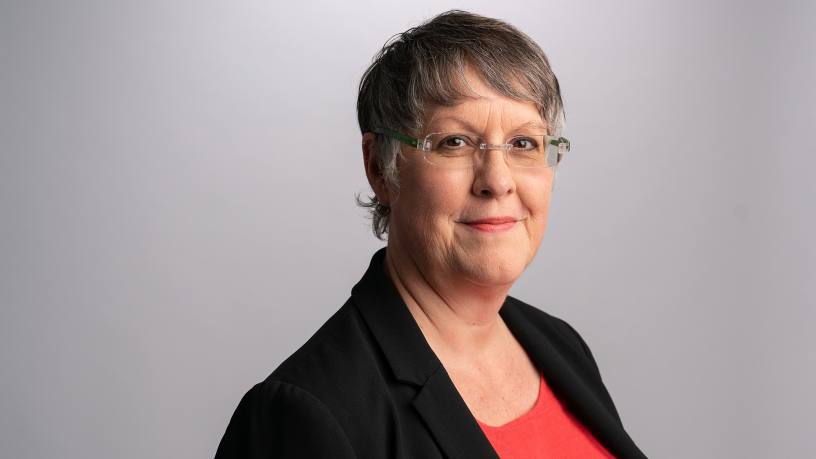Metro Bank’s last-minute deal to shore up its capital position was a relief both to the lender and the UK banking industry as a whole. Nerves are still raw from the over-the-weekend takeover of Silicon Valley Bank UK by HSBC in March, followed by UBS’s acquisition of Credit Suisse in the same month.
The UK challenger bank was able to secure a £325m capital raise, comprising £150m of new equity and £175m of new minimum requirement for own funds and eligible liabilities, known as MREL, issuance. It also restructured £600m of debt. Metro Bank is now majority-owned (53%) by Jaime Gilinski Bacal, a Colombian billionaire who has invested in the lender since 2019.
According to Metro Bank CEO Daniel Frumkin, this marks a “new chapter” for the bank, adding that it had made a statutory profit after tax in the third quarter of 2023. But the package comes with strings attached, including an asset sale of up to £3bn of residential mortgages, which is expected to reduce risk-weighted assets by around £1bn.
Co-founded in 2008 by US businessmen Vernon Hill and Anthony Thomson (the latter later founding Atom Bank), Metro Bank was the first bank to receive its UK banking licence in more than a century. Branches, or “stores”, were seen as critical to its strategy of delivering a superior full-service customer experience for both retail and commercial clients.
The bank opened its first store in central London in 2010 and expanded the network to peak at 79 in 2021 (although the target was 110 stores by 2020, according to Mr Hill in a 2017 interview with The Banker). Instead of investing in marketing, Metro Bank relied on word of mouth to attract new customers with its bright brand colours, prominent branch locations and child- and dog-friendly policies.
Speaking at a roundtable hosted by The Banker in February 2011, Mr Thomson emphasised the customer-centric focus of the bank, which he argued would drive profitable growth. However, Metro Bank has had only two profitable years since its inception: generating pre-tax profits of $25m in 2017 and $51m in 2018. In 2020, it posted a $415m loss.
It shouldn’t come as a shock to the regulators that Metro Bank had some fundamental issues in its business model. Tracking the UK lender through its rise and fall in The Banker’s Top 1000 World Banks ranking, as well as other data points in The Banker Database, provides valuable insights.
Metro Bank first graced the Top 1000 in 2016, entering in 969th position, with $448m in Tier 1 capital. The next year’s ranking saw it jump 187 places to reach 782nd, with $804m — an 80% capital increase. This jump was a result of its initial public offering in March 2016, when it raised $508.5m and listed on the London Stock Exchange.
It kept moving up the ranks, reaching as high as 511th position in 2020, with $1.88bn in Tier 1 capital. It acquired peer-to-peer lender RateSetter for £12m in August 2019, with plans to diversify its business.
However, the next year it fell to 619th place in the Top 1000, then to 714th in 2022 and a further drop in 2023 to 804th spot.
Tracking the cost-to-income ratio highlights the challenges the bank faces, especially with its distinctive bricks-and-mortar strategy compared to digital-only challengers. Over the past three years, Metro Bank has recorded among the highest cost-to-income ratios compared to its peers, spiking to 128% in 2021. (Credit Suisse’s ratio stood at 122% at the end of 2022.)
So there is still much work to be done by Metro Bank to boost its capital, improve its profitability and reduce its cost-to-income ratio. In particular, it will need to take a long look at its branch strategy, as other banks are also doing. The big question is whether a small bank, without the footprint of a large incumbent, can make a branch model profitable.
And while some have voiced concern that this may lead to another 2008 Northern Rock-type bank run in the UK, others are less worried. However, due to the change in the funding environment, the likelihood of consolidation among challenger banks — many of whom are also struggling to make a profit — is growing.
Joy Macknight is editor of The Banker. Follow her on X (formerly known as Twitter) @joymacknight
Register to receive the Editor’s blog and in-depth coverage from the banking industry through the weekly e-newsletter.






